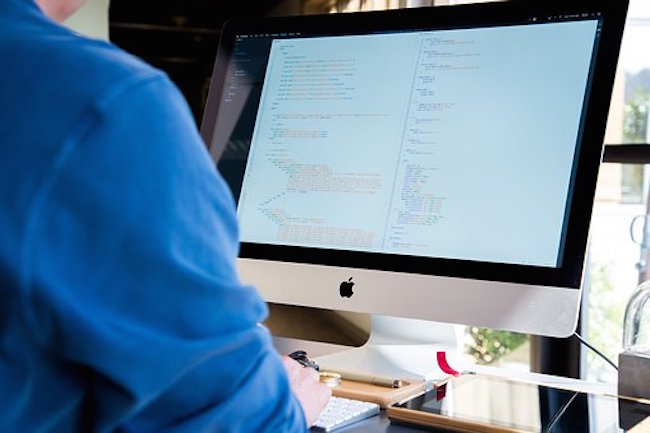What’s the Best Way to Use a Standing Desk? by Dr. Joseph Mercola for Mercola
Standing desks have become popular with computer users and office workers interested in avoiding risks from sitting for prolonged periods of time. There is a long list of people who may have used a standing desk throughout history, such as Leonardo DaVinci, Lewis Carroll, Ernest Hemingway, Philip Roth and Virginia Woolf.1,2
Reports also claim Oscar Hammerstein II may have written most of the music for “Oklahoma,” “The Sound of Music” and “South Pacific” standing up.3 Additionally, Winston Churchill was well-known for his use of a standing desk, and U.S. Supreme Court Justice Oliver Wendell Holmes Jr. credited his standing desk for his writing style.
As standing desks emerged into modern times, some embraced them at work in hopes it would help fight obesity, but research4 debunked this theory, finding the best way to burn more calories is to move. However, the reason to use a standing desk is not about burning calories but, rather, about improving your health.
From Heart to Brain: The Dangers of Prolonged Sitting
Sitting for prolonged periods of time has been linked to a number of health conditions, including weight gain, heart disease and cognitive decline. But, if you find yourself parked behind a desk for the majority of your workday, you’re not alone. According to the American Heart Association,5 the percentage of sedentary job positions has increased by 83% since 1950.
In a study6 evaluating the trends of occupation-related physical activity over the past five decades, researchers found a shift away from jobs requiring moderate-intensity activity to those largely composed of sitting. The researchers qualified moderate-intensity activity as construction, manufacturing and mining.7
They found a 48% reduction in the prevalence of moderate activity jobs in 1960 to 20% of jobs in 2008.8 This rise in sedentary behavior has also correlated with an increased risk of heart disease, diabetes and premature death.9 In a meta-analysis of 47 studies,10 researchers found “prolonged sedentary time activity was independently associated with deleterious health outcomes regardless of physical activity.”
Another study also links sedentary behavior with changes in brain function crucial to memory formation. The results suggested those who had more sedentary activity experienced a reduction in medial temporal lobe thickness.11 On the flip side, aerobic fitness has shown to improve this area of the brain.12
Not All Sitting Is Created Equally
The World Health Organization13 states physical inactivity is a leading risk for death and noncommunicable disease worldwide. They warn the terms “exercise” and “physical activity” should not be confused since exercise is really a subcategory of planned, repetitive physical activity done with an aim to improve fitness.
Failure to employ an adequate level of activity increases the risk of diabetes by up to 30% and shortens life span by three to five years.14 To that end, many early adopters of standing desks bought into the idea that standing while working would help them burn more calories, lose weight and stem the tide of obesity.
But as further research demonstrated,15 standing versus sitting doesn’t burn many more calories and certainly doesn’t encourage more joint movement. The amount of sedentary time you spend includes not only the time you spend behind your desk at work, but also time commuting and enjoying leisure activities, such as watching television or using electronics.
Research data16 from an examination of 17,013 Canadians found a “dose-response association between sitting time and mortality from all causes and cardiovascular disease, Independent of leisure time physical activity.” In other words, the longer people sat, the higher their risk of mortality from any cause.




